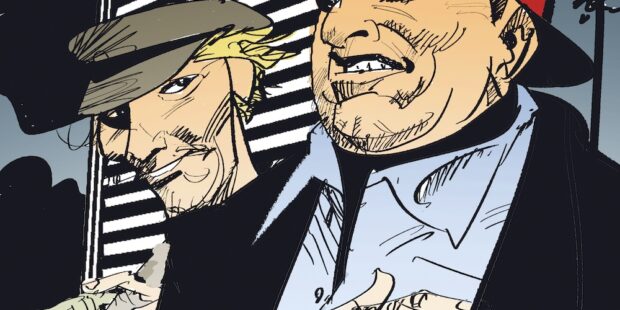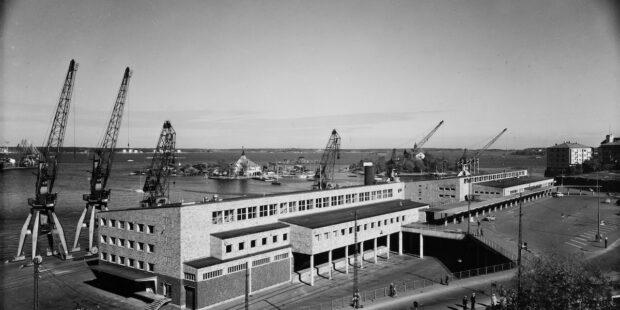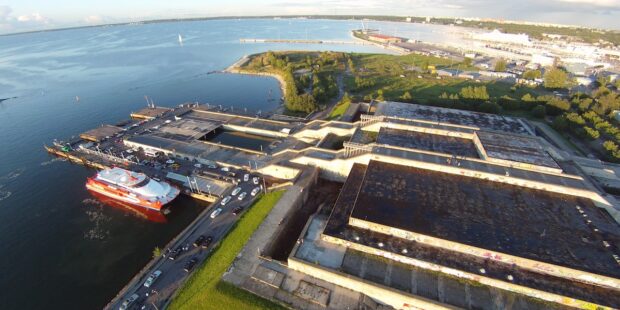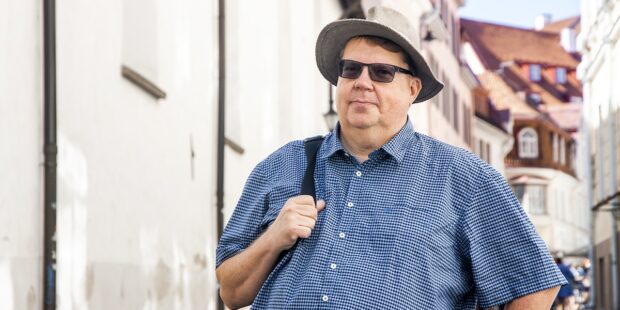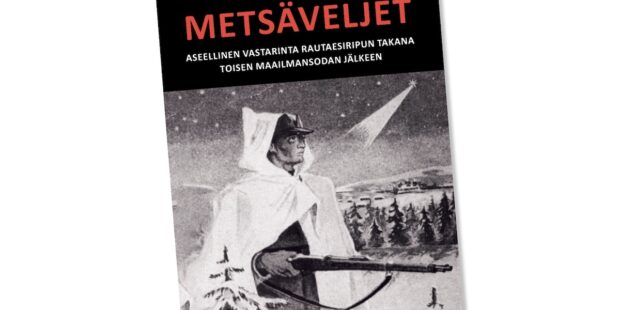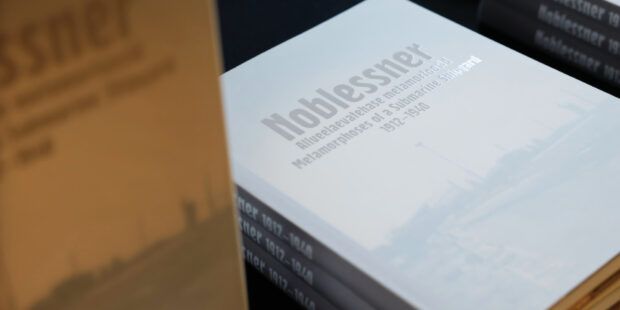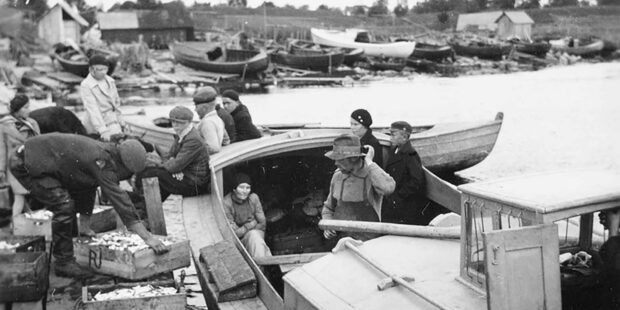Kiek in de Kök has an exhibition about the precarious life of Baltic refugees
Text Timo Huttunen Photos Tallinn City Museum
The newest exhibition “Küüditatud” at the Kiek in de Kök fortress museum in Tallinn’s old town presents the research work of American artist Krista Svalbonas about the experiences of Baltic refugees during World War II. The project was inspired by the life of the artist’s parents.
“Since I am the child of refugees who came to the United States, the ideas of home and resettlement have always interested me. My parents were born in Latvia and Lithuania. After the end of World War II, they spent several years in refugee camps in Germany before being allowed to emigrate to the United States. In my exhibition, I aim to revive and understand their history.” Krista Svalbonas tells.
“My parents’ refugee homes were impersonal buildings, civilian or military barracks where thousands of refugees lived. My parents always described the apartments as temporary. I would never have expected to see these buildings myself. However, I managed to find and photograph many buildings in former refugee camps in Germany,” the artist continues.
However, the buildings do not tell everything about the fear-filled life of refugees after the war.
“To better understand their difficulties, I also read archived letters that Baltic refugees had sent to the governments of the United States, Canada and the United Kingdom. The refugees begged for food and medicine and tried to explain the terrible fate that awaited them if they were sent back to the Soviet Union,” says Svalbonas.
By combining these painful descriptions with photographs through a burning process, buildings made of lace-like text shaped with laser cutting techniques become images.
“I have also travelled around the United States and Canada interviewing and photographing refugees from the Baltic countries who lived in these camps. There are already a hundred interviews. My intention is to publish these stories and pictures as a book.”
Krista Svalbonas’ work has been exhibited in numerous exhibitions such as the Utah Museum of Contemporary Art, the Spartanburg Art Museum in South Carolina, the Howard Yezerski Gallery in Boston, the Klompching Gallery, and the ISE Cultural Foundation in New York.

Kiek in de Kök is the biggest cannon tower in the Baltics
The Kiek in de Kök fortress museum is over 500 meters long. The museum complex includes four towers: Kiek in de Kök, Neitsitorn, Tallitorn and Lühike jalg gate tower. The fortress museum also includes the underground bastion tunnels and the Stone Sculpture Museum. Kiek in de Kök is one of the seven museums operated by the city of Tallinn.
The bastion tunnels were built in the 17th–18th centuries. The bastion tunnels exhibition presents the history of the defence structure and the most important war events.
The Kiek in de Kök Fortress Museum offers information and the opportunity to get to know the history of Tallinn by walking along the old city wall from one tower to another.
Kiek in de Kök is the biggest cannon tower in the Baltics. The name means “peek into the kitchen” in Low German. The tower was built between 1475 and 1483. From the sixth floor of the tower, there is a wonderful view of Toompea, the city and the harbour.
To learn more about this and similar topicsBaltic Refugees Bastion Tunnels Cannon Tower Fortress Museum Kiek in de Kök Photo Exhibition Refugee Refugee Camp


